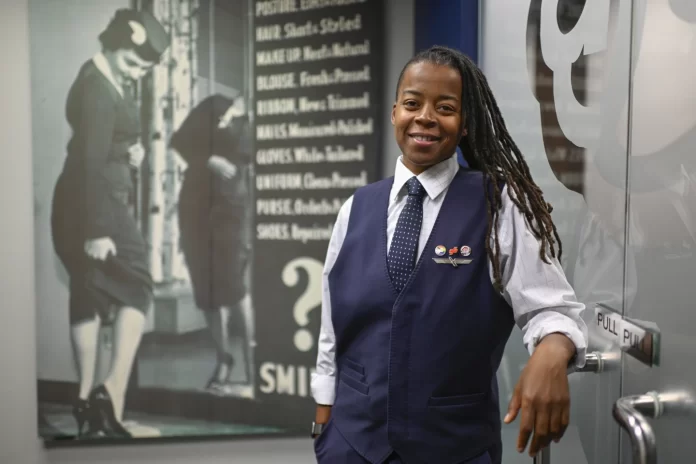The Challenges Facing Black and Latina Women—racism, Sexism, and Wage Disparities—motivate Their Leadership in Unions
Women now make up nearly half of the U.S. labor union membership, yet their representation in top-level union leadership has historically lagged, particularly for women of color. However, a new shift is underway as Black and Latina women gain ground in labor leadership, transforming how unions approach workplace equity and justice.
Women of Color Leading the Way in Unions
Black and Latina women are now driving significant change in U.S. unions, assuming top roles in some of the nation’s largest labor organizations. This shift has brought crucial issues like family-friendly benefits, parental leave, and protections against sexual harassment to the forefront of negotiations. “People often imagine a white guy in a hard hat when they think of unions,” says Georgetown University labor historian Lane Windham. “But today, two-thirds of workers covered by union contracts are women and/or people of color.”
UNITE HERE, a hospitality union, is a prime example. Under the leadership of Gwen Mills, who became its first female president in 2023, more than 12,000 members across six states went on strike to demand better wages, workloads, and health care.
Why Black and Latina Women Are Transforming Unions
The challenges facing Black and Latina women—racism, sexism, and wage disparities—motivate their leadership in unions. U.S. Department of Labor data shows that these women experience the widest gender pay gap. In 2023, union membership among Black women increased slightly from 10.3% to 10.5%, while Latina membership rose from 8.5% to 8.8%. As Liz Shuler, president of AFL-CIO, says, “Our foremothers have been pushing and kicking those doors open for decades.”
Leaders like Becky Pringle of the National Education Association and Bonnie Castillo of National Nurses United continue to use their positions to advocate for broader social issues, from racial justice to affordable housing.
The Road Ahead for Union Leadership Diversity
While Black and Latina women are making strides in industries like hospitality, education, and health care, male-dominated sectors like construction and manufacturing still lag behind in diversifying union leadership. Despite progress, sexual harassment and biases remain significant obstacles, as highlighted by carpenter Lisa Lujano, who notes that women are still fighting for basic needs like safety gear and parental leave.
The rise of diverse women in union leadership is reshaping labor movements across the U.S. But as elections approach, one question remains: Will voters choose leaders who support this fight for equality, or those who allow systemic injustices to persist?









